Archives
- 2025-12
- 2025-11
- 2025-10
- 2025-09
- 2025-03
- 2025-02
- 2025-01
- 2024-12
- 2024-11
- 2024-10
- 2024-09
- 2024-08
- 2024-07
- 2024-06
- 2024-05
- 2024-04
- 2024-03
- 2024-02
- 2024-01
- 2023-12
- 2023-11
- 2023-10
- 2023-09
- 2023-08
- 2023-07
- 2023-06
- 2023-05
- 2023-04
- 2023-03
- 2023-02
- 2023-01
- 2022-12
- 2022-11
- 2022-10
- 2022-09
- 2022-08
- 2022-07
- 2022-06
- 2022-05
- 2022-04
- 2022-03
- 2022-02
- 2022-01
- 2021-12
- 2021-11
- 2021-10
- 2021-09
- 2021-08
- 2021-07
- 2021-06
- 2021-05
- 2021-04
- 2021-03
- 2021-02
- 2021-01
- 2020-12
- 2020-11
- 2020-10
- 2020-09
- 2020-08
- 2020-07
- 2020-06
- 2020-05
- 2020-04
- 2020-03
- 2020-02
- 2020-01
- 2019-12
- 2019-11
- 2019-10
- 2019-09
- 2019-08
- 2019-07
- 2019-06
- 2019-05
- 2019-04
- 2018-07
-
The attachment of ubiquitin to RTKs
2020-01-15
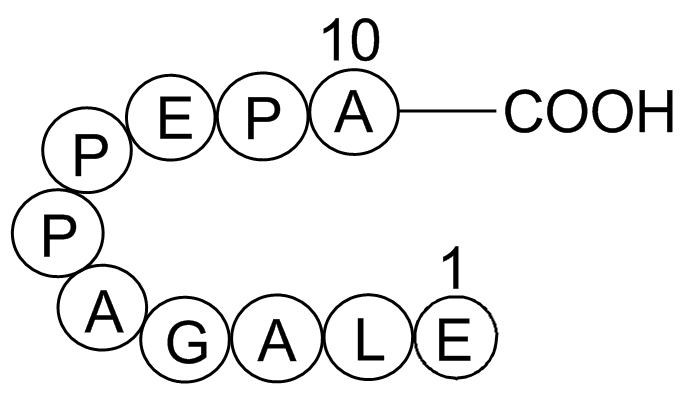
The attachment of ubiquitin to RTKs, such as EGFR, mediates efficient delivery through the endosome-lysosome system for proteolysis. In this way, RTK degradation enables cessation of signal transduction. A recent siRNA screen identified a number of USPs that can significantly modulate EGFR levels an
-
br Conclusions and future directions In
2020-01-15
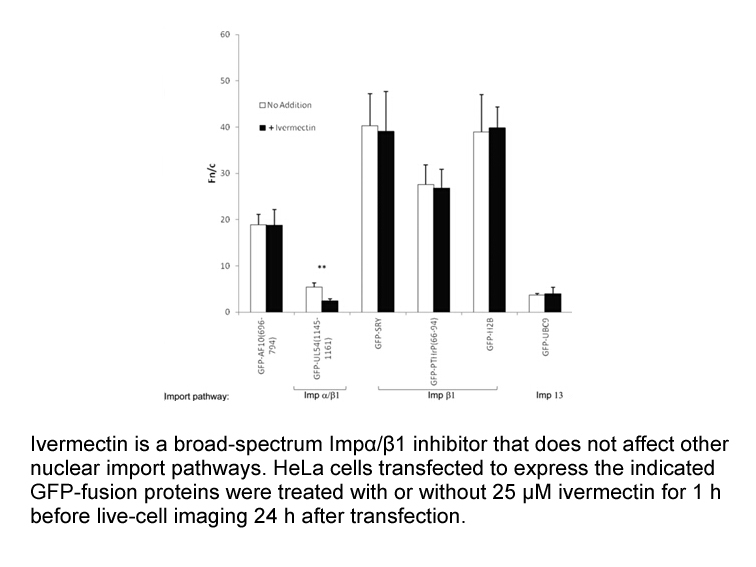
Conclusions and future directions In recent years we saw major advances in our knowledge of H2A-DUB biology, with discovery of novel mammalian H2A-DUBs, better understanding of their biochemical properties, and development of several animal models to address their in vivo functions. However at p
-
In conclusion by investigating the cysteine protease
2020-01-15
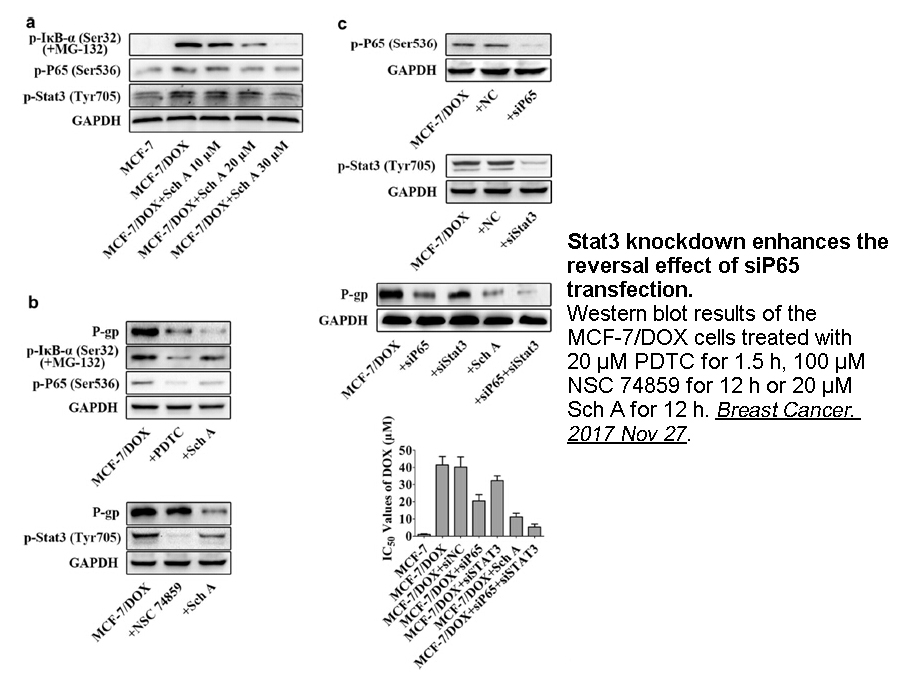
In conclusion, by investigating the cysteine protease transcriptome in soybean nodules, we found a number of cysteine proteases belonging to the C1 and C13 families strongly up-regulated following drought exposure such as C1 cysteine protease Glyma.14G085800 and C13 cysteine proteases Glyma.17G23070
-
bms 5 45 With a favorable spectrum of CRTh dependent
2020-01-15

With a favorable spectrum of CRTh2 dependent in vitro and in vivo efficacy demonstrated, the off-target activity of compound 18 was investigated, first against a panel of prostanoid receptors and related eicosanoid targets (Table 8), where no significant activities at 10μM concentration were found i
-
Among prostaglandins PG PGD remained the most
2020-01-15
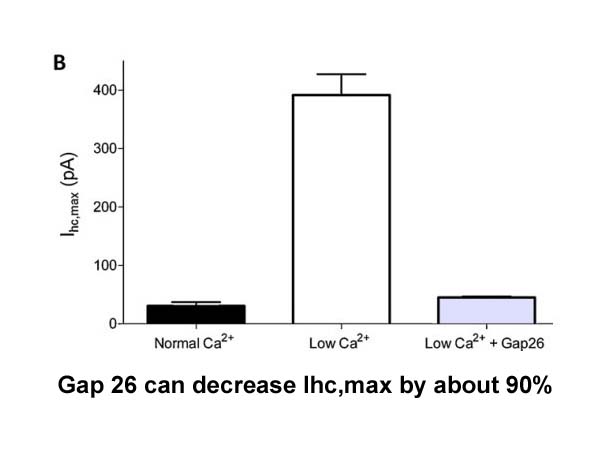
Among prostaglandins (PG), PGD2 remained the most elusive species for a long time and was initially regarded as having negligible biological activity [1]. In 1974 its inhibitory effect on platelet aggregation was discovered by Smith et al. [2] and Mills & McFarlain [3], and both pressor and depresso
-
There are studies that evaluated the
2020-01-15
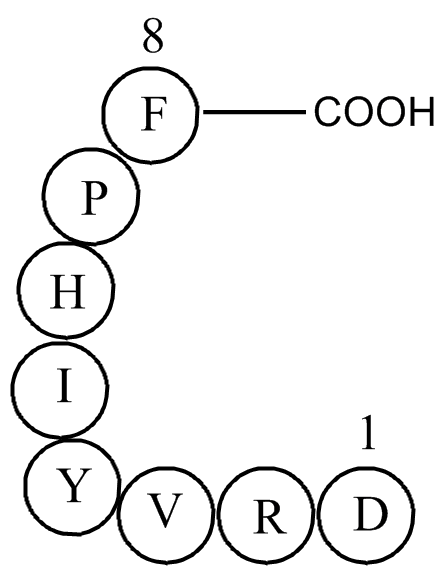
There are studies that evaluated the stability of CMV DNA over different periods of time. A study that evaluated stability of EDTA plasma samples stored over a 21-day period at 4 °C found no significant change in the viral loads or any trend of continued DNA degradation [9]. Another study did not fi
-
Recently pharmacological studies have revealed that natural
2020-01-15
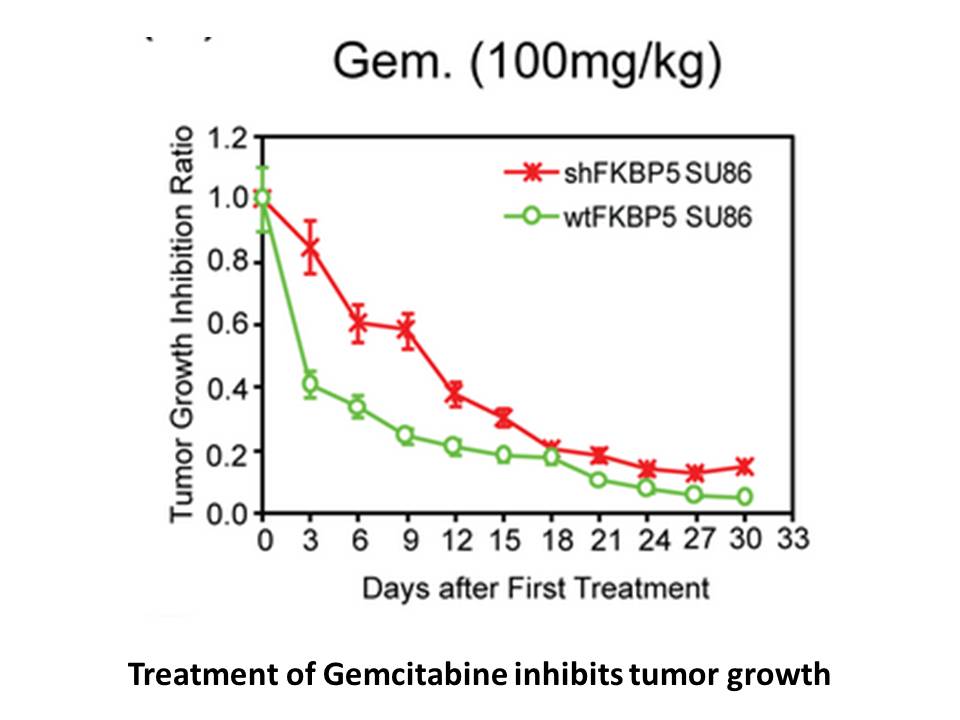
Recently, pharmacological studies have revealed that natural compounds achieve increasing attention due to its high therapeutic effectiveness and low adverse effect, compared with the chemically synthesized compounds. Emodin is a kind of natural anthraquinone derivative enriched in traditional Chine
-
Given the importance of cysteine
2020-01-14
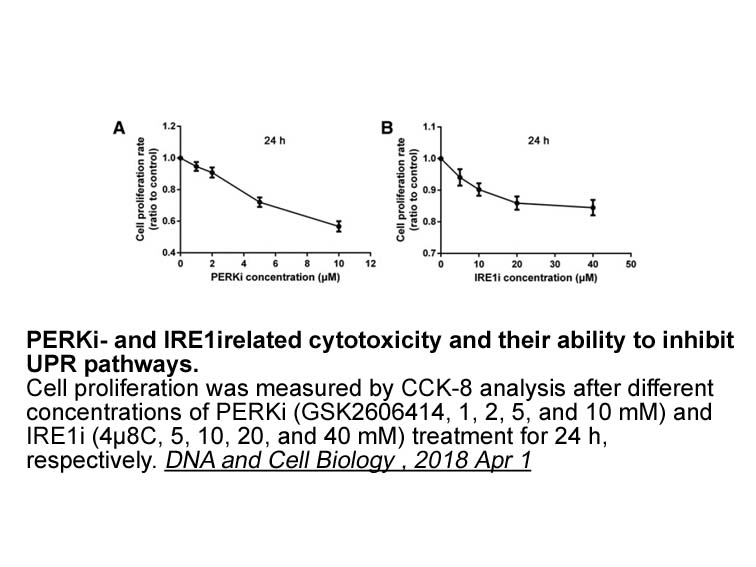
Given the importance of cysteine cathepsin inhibitors as putative therapeutic molecules and microbial virulence factors, we chose to investigate whether Yersinia enterocolitica may be a potent producer of such inhibitors. Y. enterocolitica is the most heterogeneous species within the genus Yersinia.
-
These cytokines except for TGF can also
2020-01-14
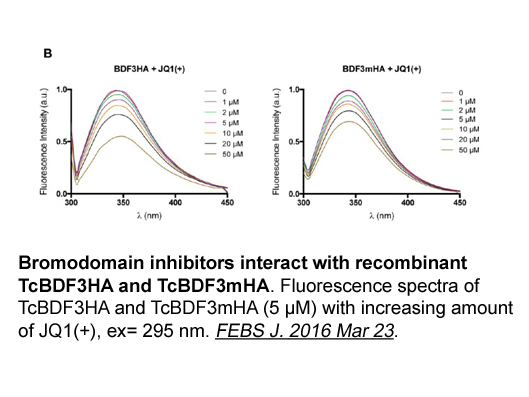
These cytokines, except for TGF-β can also increase CysLT1R mRNA expression. We further demonstrated that TGF-β and IL-13 were able to increase the proliferation of human BSMC in response to LTD4. BSMC proliferation was CysLT1R-dependent, given that Montelukast ablated this effect. Taken together, o
-
In different body organs a number of biological functions ar
2020-01-14
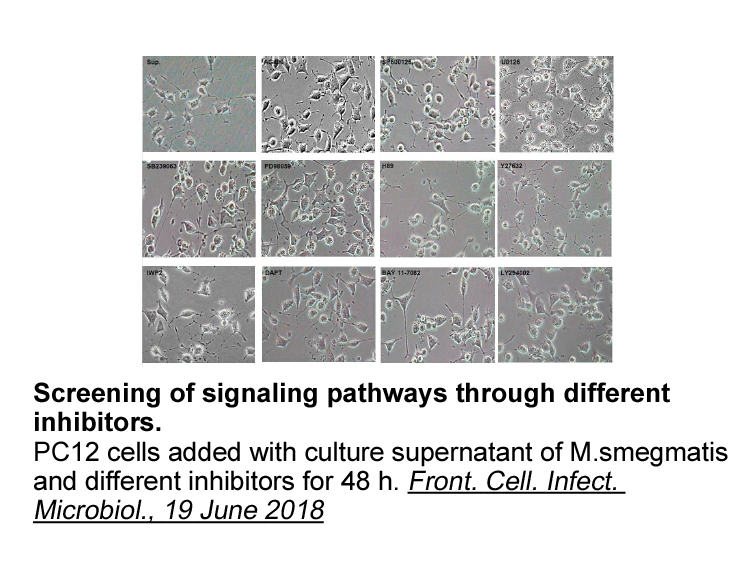
In different body organs, a number of biological functions are generally mediated by binding of the extracellular substances to the particular transmembrane receptors, which results in subsequent signal stimulation by intracellular signaling cascades. These cascades function over the complex network
-
br Results br Discussion Mucosal
2020-01-14

Results Discussion Mucosal barriers are constitutively challenged by various stimuli, and the homeostasis of mucosal barriers both at steady state and upon challenge are maintained by tissue-resident immune p2y receptor (Kurashima et al., 2013, Okumura and Takeda, 2016). ILC3s are found in ly
-
Currently multiple clinical trials of
2020-01-14
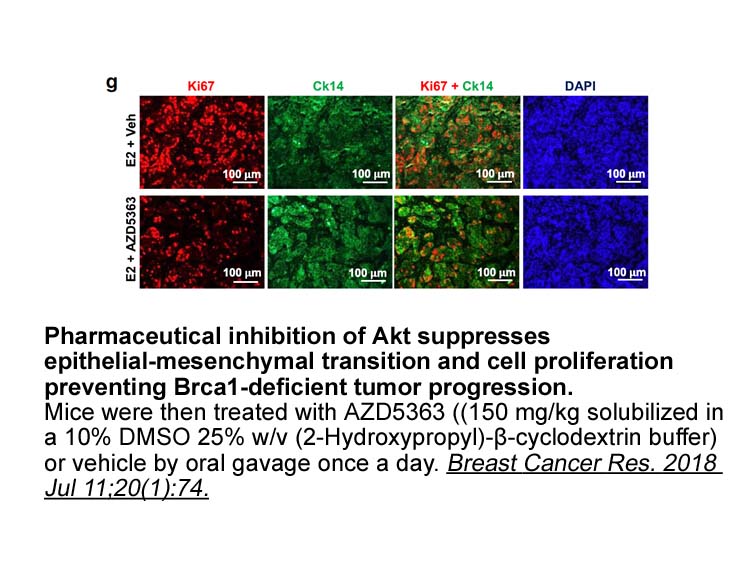
Currently, multiple clinical trials of CSF-1/CSF-1R-targeting agents in combination with standard treatment modalities and immunotherapies are underway (Table 1). In particular, results for combinations with checkpoint blockade inhibitors and other immunotherapeutic approaches are eagerly awaited.
-
There was a measurable worsening but not a
2020-01-14
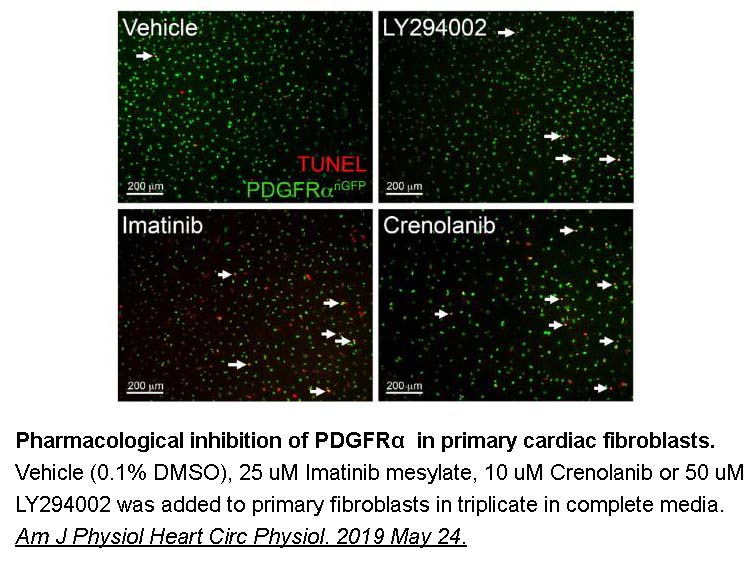
There was a measurable worsening, but not a statistically significant change in the baseline and follow-up best ear hearing scores, where the mean worsening change was 11.9 dB (95% CI: −1.11–24.86, p-value = 0.070). However, of the 16 patients, 14 (87.5%) were found to have clinically significant wo
-
CK enzymes belong to a conserved family of serine
2020-01-14
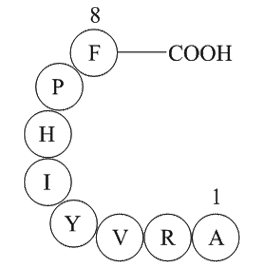
CK1 enzymes belong to a conserved family of serine/threonine protein kinases that plays an important and diverse role in vesicular trafficking, DNA repair, Escitalopram Oxalate progression and cytokinesis in organisms from yeast to humans [15]. In multicellular organisms CK1 enzymes also regulate d
-
br Materials and methods br
2020-01-14
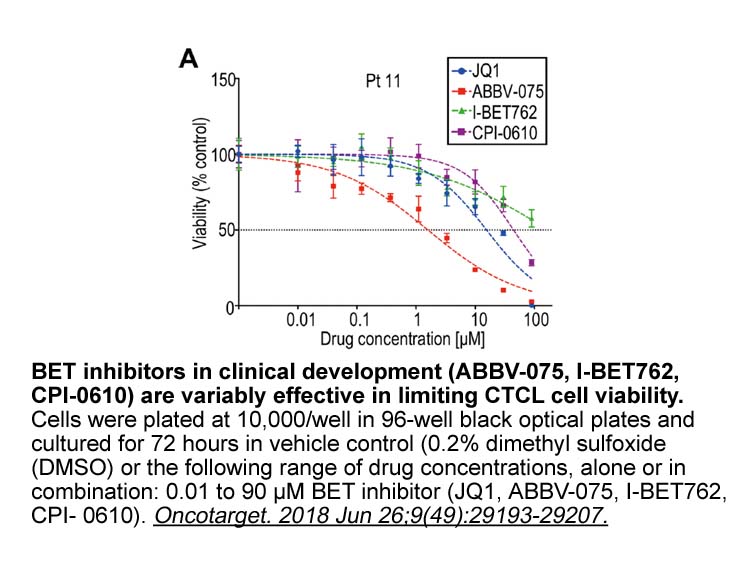
Materials and methods Results Discussion In this study, we first showed that fluxametamide, a novel isoxazoline insecticide, inhibits agonist responses in two types of LGCCs, the M. domestica GABACl and GluCl, with higher potency in the former channel versus the latter one (Fig. 3). In addi
16045 records 931/1070 page Previous Next First page 上5页 931932933934935 下5页 Last page